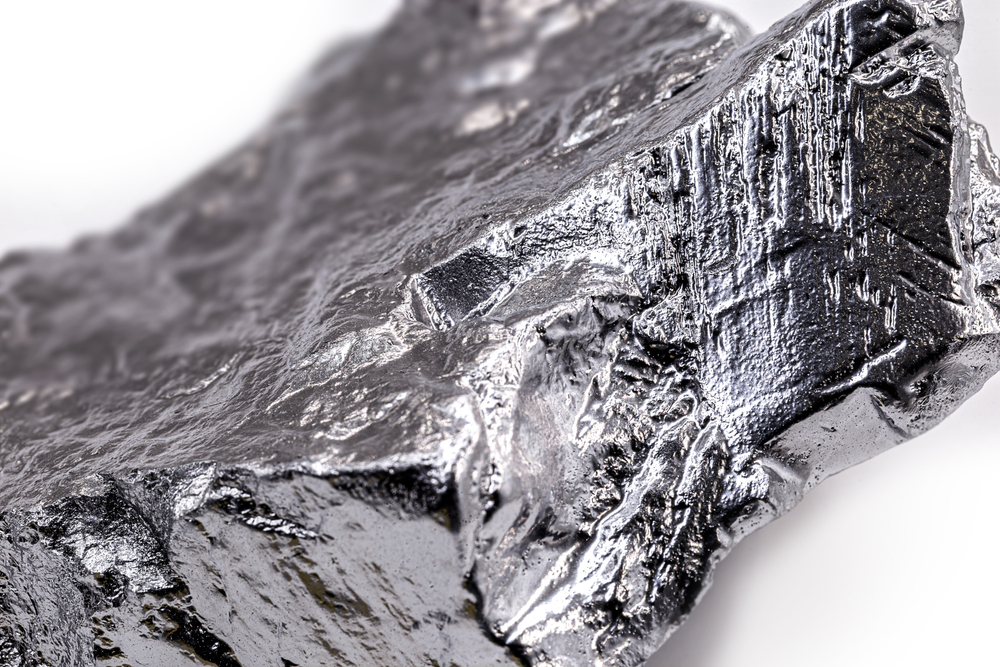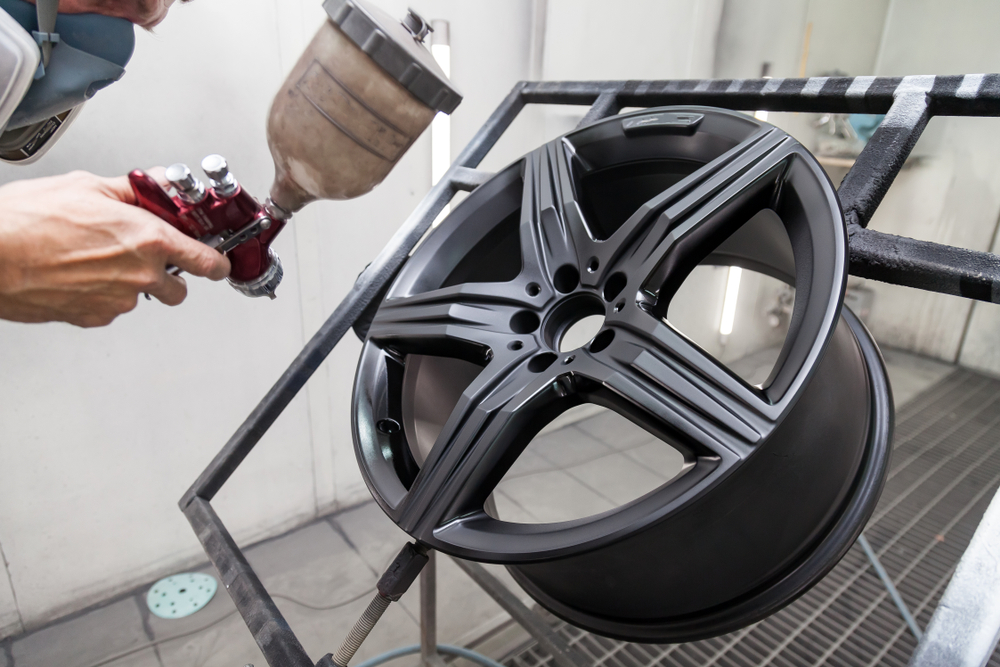
Alloys are vital as they are helpful in everything from the construction of buildings to manufacturing cars and airplanes. And because of these factors, most alloys are often classified as metals. Is it true or false?
The difference between a metal and an alloy
The main distinction between metal and alloy is that metals are pure elements. Conversely, alloys are typically compounds consisting of two or more different metals. Metal is a superb conductor of electricity and heat and is opaque, shiny, and malleable. Their conductivity is also generally higher than that of alloys.
On the other hand, alloys are not as quickly ductile. They are usually more potent and more durable. The reason points back to the formation of alloy, in which two or more metals or metal and nonmetal elements. The most common alloys are
- Steel – an alloy of iron and carbon
- Brass – an alloy of copper and zinc
- Aluminum alloy – an alloy of aluminum and magnesium.
Alloys from a metal and a nonmetal combination are also known as intermetallic. Steel is an example of such for containing carbon, a nonmetal element.
Carbon is used in metal alloying to improve the strength and toughness of a metal. Additionally, it can help to “dissolve” other alloying elements into the metal matrix, increasing the overall strength and ductility of the alloy. Another popular nonmetal alloying agent is silicon.
Silicon is a hard and brittle crystalline element with a blue-gray metallic luster. It is an alloying agent to enhance a metal’s strength and hardness. Often, silicon is the material in producing semiconductor devices such as transistors, diodes, and integrated circuits. On the other hand, lead is a soft, malleable, bluish-white metal. Sometimes it is also considered a metalloid because it’s weak compared to others. As an alloying agent, it improves the machinability of a metal. Plus, it increases one’s resistance to wear and corrosion.
Classifying alloys
Most alloys are categorized as metals, but there are some exceptions. For example, silicon carbide is technically an alloy, but it is not classified as a metal. One reason is that it does not have the characteristics of metals, such as being good conductors of heat and electricity. Usually, alloys made from two or more metals are classified as metals.
There are several factors to classify alloys other than simply being metal or not.

- Based on their composition – For example, an alloy made mostly of iron is classified as an Iron alloy. An alloy, mainly aluminum, is typed as an Aluminum alloy.
- Based on their physical properties – Some alloys are harder than others. Others are more brittle. Other alloys are good conductors of heat and electricity, while others are not.
- Based on their use. Some alloys for the construction of buildings. Others are for the manufacturing of cars and airplanes. Still, others are used in the production of electrical components.
- Based on their price – Some alloys are costly, while others are inexpensive.
- Based on their availability – Some alloys are very rare, while others are quite common.
- Based on their chemical properties – some alloys are more corrosion-resistant than others.
Contact Lion Buildings to learn more about alloys or metals.
